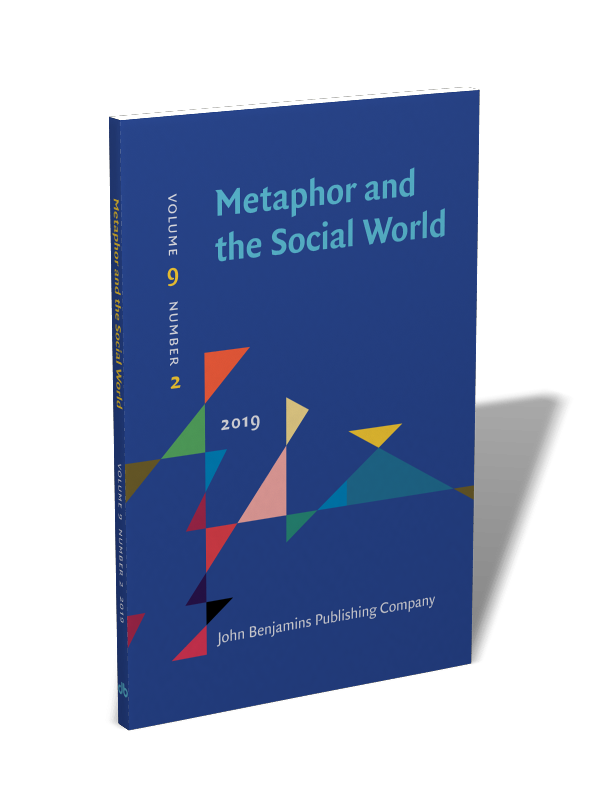
Research has shown that metaphors impact speech, perception, neural activity, and decision making in a substantially different, and often surprising way, compared to regular language. But metaphors are more than just eloquent descriptions. Across all cultures and languages, humans use metaphors to describe diverse concepts such as time, crime, emotions, and motion (Lakoff and Johnson, 1980). Neither can abstract concepts like time, nor many of the things and situations we need to describe and communicate on a daily basis. What solutions would you recommend to address Addison’s problem with crime? Would your recommendations change if the first sentence of the above report read “Crime is a virus…,” rather than “Crime is a beast…?” Recent research on metaphor suggests it would.Ĭomplex social issues like crime cannot be easily expressed. There is a worry that if the city does not regain its strength soon, even more serious problems may start to develop.”

Today, there are more than 55,000 criminal incidents a year – up by more than 10,000 per year. Unfortunately, in the past five years the city’s defense systems have weakened, and the city has succumbed to crime. Five years ago Addison was in good shape, with no obvious vulnerabilities. “Crime is a beast ravaging the city of Addison. On your first day, a colleague hands you the following report: Now imagine a second scenario: You are tasked with solving the crime problem in the city of Addison. The confusion here is not uncommon, and is inherently rooted in our choice of language. Your colleague thought the meeting was moved to Friday.

It says Monday! Oh wait, it says “forward two days.” No, but that means the meeting is on Monday! I’m calling Cheryl. Did you hear? Wednesday’s meeting has been moved to Monday. She answers with a tone of misplaced peppiness, which you can only attribute to her blissful ignorance of the rescheduled meeting. You put on some pants and call your colleague. Now you have to get your presentation ready by Monday. It’s been another busy week at work, and you’ve just sat down to watch dozens of Friends reruns curled up on your couch, when you get an email from your boss. Together these five works introduce the field of metaphor research and illustrate several key findings: the ubiquity of metaphors in daily life, how metaphors evolve within a language, and how metaphors can subtly influence perception, speech, and even decision making.


In this article, we review five works that influenced psychology’s understanding of metaphor.


 0 kommentar(er)
0 kommentar(er)
